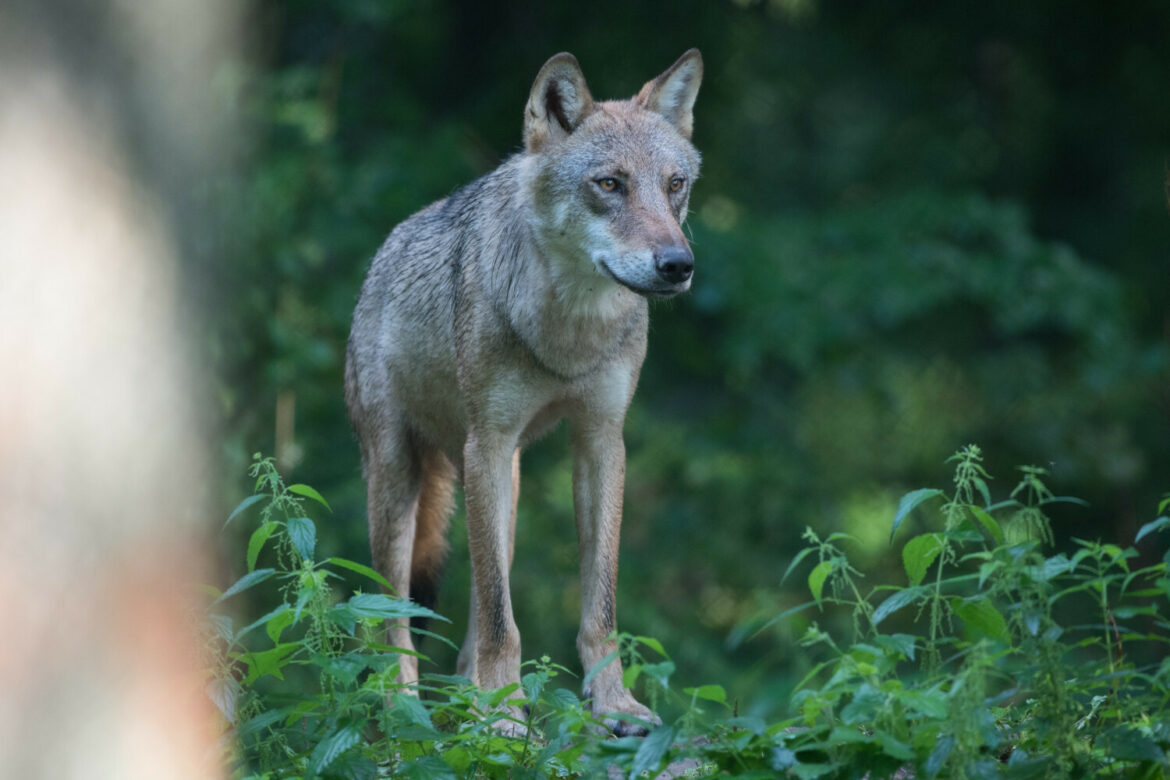Researchers from the Faculty of Biology at the University of Warsaw (UW) have investigated the extent to which the Polish wolf population is infected with tick-borne diseases, using molecular methods. The results of the analysis were published in the journal Ticks and Tick-borne Diseases.
Scientists from the University of Warsaw, in collaboration with researchers from the University of Gdansk and experts from the Association for Nature “Wolf”, carried out a study on the extent to which the wolf population in Poland was infected by pathogens. Genetic material isolated from fifty samples obtained between 2001 and 2020 was analysed, and wolf estrous blood and samples obtained from injured and dead individuals were examined using molecular methods.
„In 18% of the samples, we identified the presence of the parasitic protozoan Babesia canis causing babesiosis. Infections with the bacterium Anaplasma phagocytophilum, causing anaplasmosis, were far less numerous. It was found in only one individual discovered in Pomerania,” said Agnieszka Kloch, PhD, from the Department of Ecology, Faculty of Biology, UW.
The identified pathogens are spread by ticks, but their presence does not equate to a deterioration in the health of wolves.
According to Professor Robert Mysłajek of the UW Biology Department, vice-president of the Association for Nature “Wolf”, individuals in good condition may not show disease symptoms despite contact with the pathogen. In contrast, weakened wolves will develop the disease on a large scale. A good example was a wolf from Pomerania, in which anaplasmosis was combined with an acute infestation of scabies-causing mites in the skin.
Researchers predict that the threat of tick-borne diseases will increase due to a warming climate, which favours an increase in the number of ticks and an expansion of the range of rare or previously absent species in Poland.
Adrian Andrzejewski





